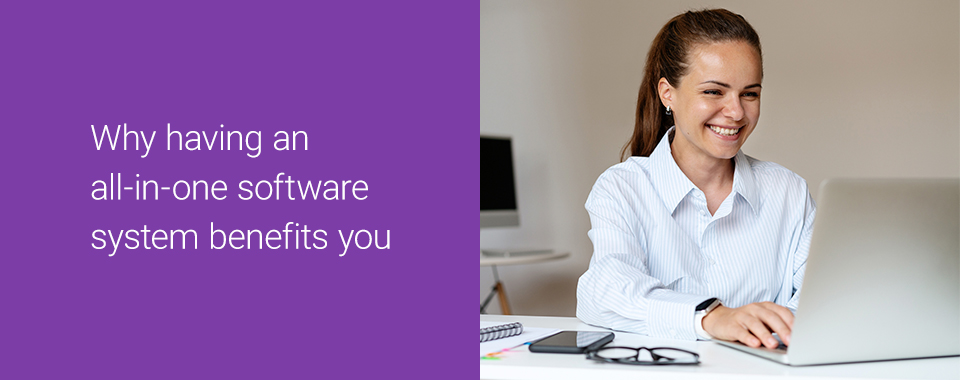May 13, 2020
Tips for emailing your donors

Emailing your donors, much like calling and texting, requires some forethought. It’s important to look at reports that show how well emails perform so that you can measure your communications. If your open rates are consistently low when emailing your donors, then it’s probably a good idea to refresh your messaging so that next time you’re heard…err, read.
First email you send to someone should always be text only.
Leave out the photos, videos, and graphics for this one. With text-only emails, readers are more likely to open them, and they’re less likely to go to spam.
Send videos sometimes, not always.
In general, you want to avoid things that are repetitive. But video can impact load times and decrease open rates. If you are sending a video, pick engaged donors who you know will open the email so that the video production is worth your time. Another option is to upload the video to YouTube so that all you need to do is include the link in the email. Videos, of course, can also be shared on your website and through social media.
Your subject line is the key to the portal.
Keep it to 60 characters, max. This is the limit that will display in a subject line when someone is reading an email on his/her/their mobile phone. So keep it catchy and concise! Subject lines are also a fun way to experiment with creativity when you’re emailing your donors. Run A/B tests to see whether your donors open more emails “fun” subject lines versus “serious” ones. You can also run A/B tests to experiment with subject line formats, phrases, and emojis. As you start to play around with subject lines, you’ll notice what sticks and what your supporters gloss over.
Consider days and times.
Communicating with volunteers who also have full-time jobs? Try emailing them in the evening or early in the morning, as to not interfere with their day-to-day as much as possible. Again, this is a great thing to run some A/B tests on to see how emails perform when they go out at different times of day, and weekdays versus weekends.
Keep it short and to the point.
Think about yourself when you’re writing emails. What would you want to read? What do you have the time to read? What interests you when you open an email? Then, try to apply that to what you’re communicating to donors and what they want to hear. Every now and then we need to send an email that’s a bit lengthier, but if you can avoid those on a regular basis, they’re more likely going to get more eyes when the long message is important.
Use the reporting function.
Most email servers provide a reporting feature that allows you to look at open rates and click rates for every email that you send out. Look at these reports to see what your donors are reading and what they’re interacting with (clicking). Typically, “good” reports mean open rates at least 20% and click-through rates at least 1%.
Related to donor communications:
Blog: 7 new ways to connect with donors
Webinar: Connect with donors online today: maintaining and cultivating donor relationships
Webinar: Promoting and marketing your fundraising campaigns
Blog: Marketing strategies to bring donors to your online donation page
Related



